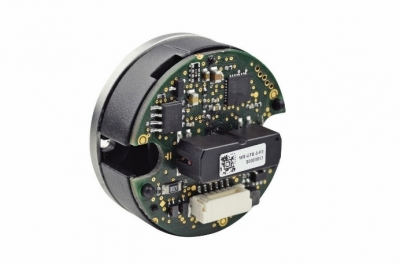
An exciting development in the area of robotics is the development and growing popularity of so-called collaborative robots, or “cobots”. Cobots, in contrast to traditional industrial robots, are designed to interact with human workers in a shared workspace. They are typically smaller and less powerful than traditional factory robots and are equipped with a variety of proximity sensors, load sensors and other features designed to avoid dangerous collisions between the robots and the people working around them.
This focus on safety means that cobots are easier to deploy in a normal factory setting, since they don’t required special fenced off operating areas. Cobots have been used to perform repetitive tasks in light assembly, packaging, materials handling and medical laboratories. Cobots have also been used to help workers avoid direct contact with environments not conducive to direct human interaction, such as high temperature environments, chemically aggressive reagents and toxic pathogens.
Many cobots are designed to mimic a human arm, with flexible “shoulder”, “elbow” and “wrist” joints. Accurate measurement of the rotary position of these joints is central to enabling the cobots’ control system to keep track of the spatial orientation of all of its moving parts. This is typically provided through rotary encoders mounted in each of the device’s joints.
Encoders measure rotation and return a digital signal that reports the angle of rotation (absolute encoders) or rate of motion (incremental encoders) to the control system. The right encoders for cobots need to be accurate, reliable and compact, with excellent dynamic response characteristics. They also need to be reasonably priced.
POSITAL-FRABA has responded to this challenge by developing new sensing technologies – such as magnetic and capacitive rotary encoders – that provide cobot manufacturers vital feedback for closed-loop control systems. In order to ensure that these devices meet the needs of cobot builders, POSITAL-FRABA offers products with a range of performance characteristics, communications interfaces and physical configurations.
Contact Details
Related Glossary Terms
- materials handling
materials handling
Methods, equipment and systems for conveying materials to various machines and processing areas and for transferring finished parts to assembly, packaging and shipping areas.
- robotics
robotics
Discipline involving self-actuating and self-operating devices. Robots frequently imitate human capabilities, including the ability to manipulate physical objects while evaluating and reacting appropriately to various stimuli. See industrial robot; robot.







